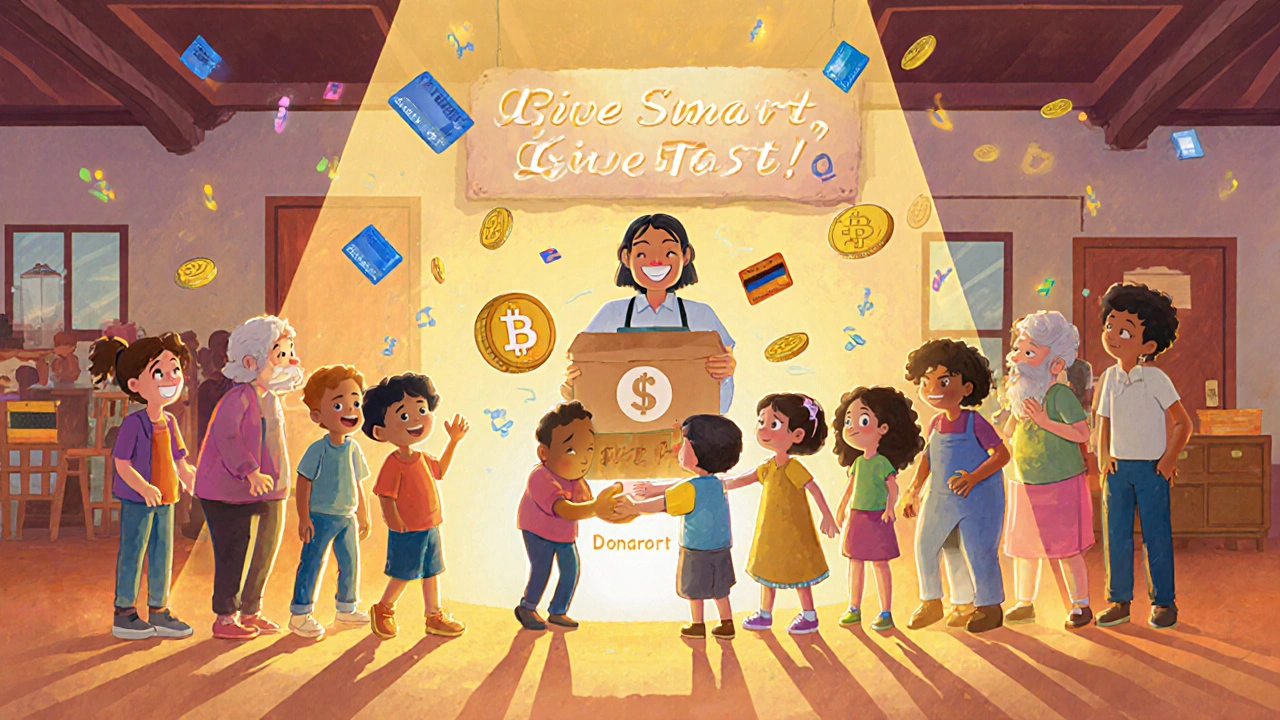Financial Inclusion: How Digital Tools Are Opening Access to Banking and Investing
When we talk about financial inclusion, the process of ensuring individuals and businesses have access to useful and affordable financial products and services. Also known as economic inclusion, it’s no longer just a social goal—it’s a technological reality. For decades, millions of people were locked out of banking because they didn’t have enough money, proper ID, or a nearby branch. Today, that’s changing fast—thanks to digital banking, banking services delivered through smartphones and online platforms without needing a physical branch, mobile payments, sending and receiving money using a phone, often without a traditional bank account, and fintech, technology-driven financial services that are faster, cheaper, and more accessible than traditional banks.
Financial inclusion isn’t just about opening an account. It’s about letting someone in a rural village use a mobile app to get a small loan for seeds, or a single mom in a city use a digital wallet to pay rent and earn interest on her savings. It’s why financial inclusion is now tied to real outcomes: higher savings rates, better small business survival, and even improved education for kids when families can manage cash flow. The tools are here—apps that verify identity with a selfie, AI that approves loans based on phone usage instead of credit history, and platforms that let you invest $1 in an ETF. These aren’t futuristic ideas. They’re live in countries from Kenya to Mexico to India, and they’re spreading.
You won’t find this in old textbooks. Traditional finance assumed you needed a steady income, collateral, or a paper trail to be worthy of service. But the new model flips that: your behavior, your transactions, your digital footprint—those are your credentials now. That’s why posts here cover things like embedded insurance at checkout, BNPL impacting credit scores, and agri-fintech giving farmers access to credit via satellite data. These aren’t side notes—they’re the building blocks of true financial inclusion. And if you’re wondering how regular people are finally getting a fair shot at growing wealth, the answers are already in the data. Below, you’ll find real breakdowns of how fees, regulations, and tech are either helping or holding back the people who need it most.



